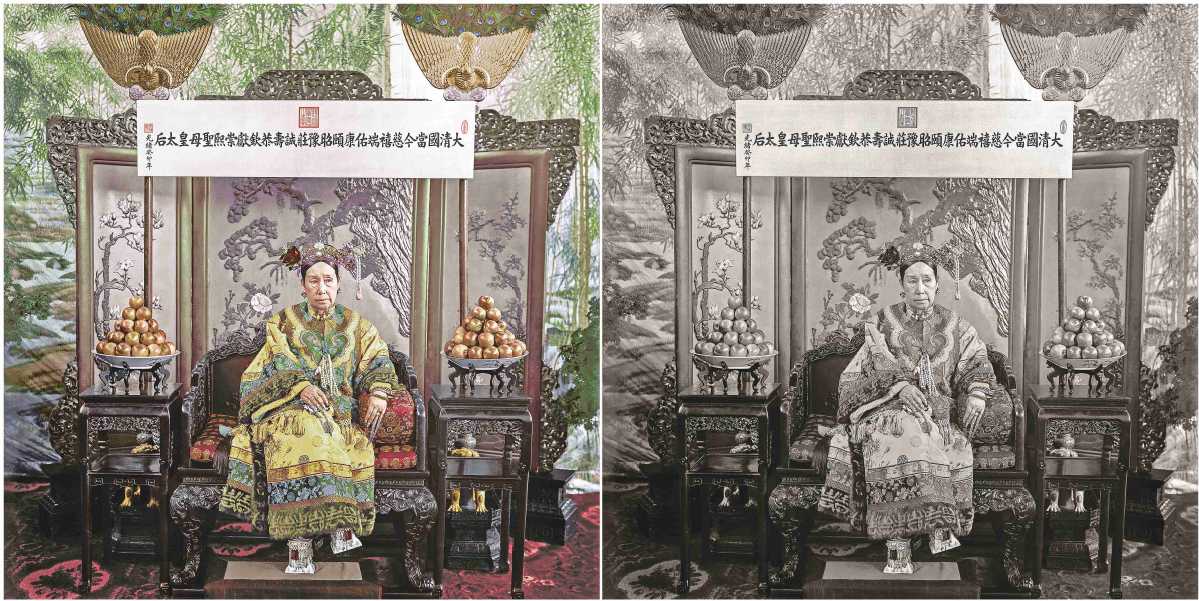Seeing the past in a different light
By Julian Shea in London | China Daily | Updated: 2018-10-30 10:33

How colorization has breathed new life into black and white history
In the modern world of social media, photo-sharing and celebrity, sharing an image of an executed murder plotter from the 19th century may sound like a strange thing to do, but that was the unlikely starting point for what has turned out to be one of the biggest publishing hits of the year.
The photo in question was an image of Lewis Powell, hanged in 1865 for his part in the plot to kill then-US president Abraham Lincoln, and when photo colorist Marina Amaral digitally colored the picture and shared it, the response was overwhelming.
Two years later, she has now collaborated with English historian Dan Jones to produce The Color of Time: A New History of the World, 1850-1960, chronicling world events through recolorized versions of black and white photos, and radically transforming readers' understanding and appreciation of some of the most important events and people in history.
"That picture was remarkable - you'd think he was a model posing in GQ magazine, or something," said Jones. "As soon as I saw it, I thought 'who on earth is doing this, I have to find out'. I messaged Marina, who turned out to be in Brazil, and one of the first things I said to her was 'when are you doing a book?' and then I told my publishers, Head of Zeus. I knew instantly that this was something we had to be involved in, what she was doing was so revolutionary and perfect for our photo-obsessed time."
Amaral is self-taught, having got involved with colorizing photos from the standpoint of being a history enthusiast rather than a photographer, and says carefully researched, respectful colorization of photos has transformed them and opened up their stories to a whole new audience.
"Black and white can definitely be a barrier to some people, it's much easier to relate to someone or something when you see them in color because they become more modern and more human," she explained. "That way, you realize that even though the photo may be from 100 years ago, in so many ways those people were no different to us."
























